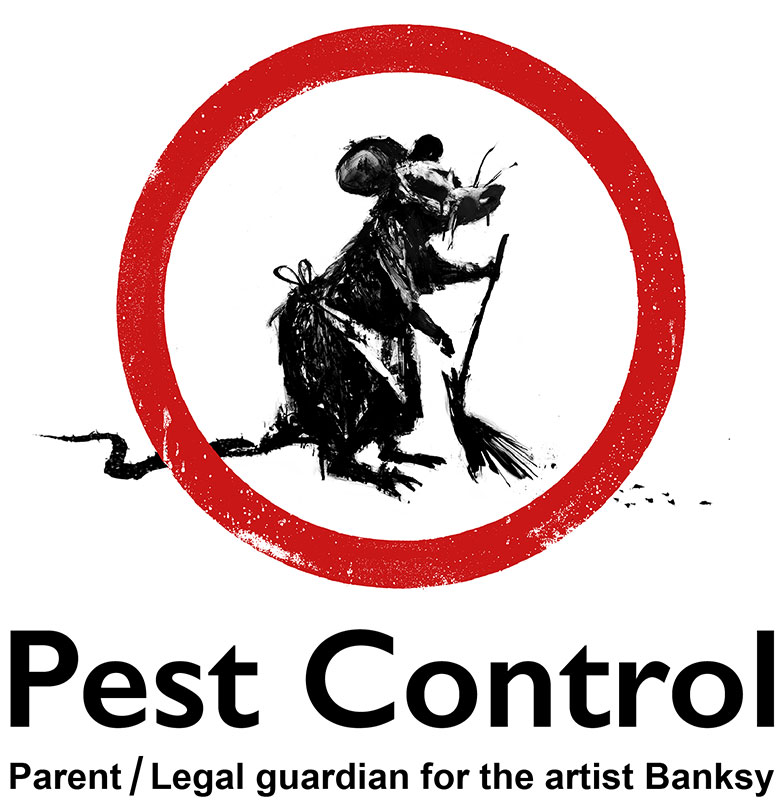A1 Bed Bug Exterminator Charlotte - Specialized Bed Bug Removal
Wiki Article
Bed Pest Treatment Failure: Comparing Chemical Vs. Non-Chemical Solutions
In the world of insect control, specifically when taking care of the relentless issue of bed bugs, the option between chemical and non-chemical treatment options can be a critical one. Both techniques provide unique advantages and disadvantages, influencing factors such as effectiveness, security factors to consider, and overall price. By analyzing the nuanced information of each method, a more clear understanding of which path to go after in addressing a bed pest infestation can be attained.Effectiveness of Chemical Therapies
Chemical therapies for bed insect infestations have been widely recognized for their powerful and quick efficiency in removing these bugs. When considering the efficiency of chemical treatments, it is essential to understand that they can give a comprehensive and quick service to a bed insect trouble.Furthermore, chemical therapies have the benefit of providing residual impacts, indicating that they can continue to get rid of bed insects also after the initial application. This residual activity is specifically helpful in combating any possible re-infestations. Additionally, the quick activity of chemical therapies can bring alleviation to people encountering serious bed bug problems, enabling them to gain back control of their living areas swiftly.
Safety Worries With Chemical Solutions
One crucial aspect that needs careful consideration when making use of chemical remedies for bed bug treatment is guaranteeing the security of owners and the setting. Direct exposure to specific chemicals utilized in bed insect treatments can lead to breathing problems, skin inflammation, or other adverse reactions, specifically in people with pre-existing conditions or sensitivities.Furthermore, the environmental effect of chemical options is one more considerable factor to consider. Some chemicals made use of in bed pest therapies might be dangerous to advantageous insects, wildlife, and communities if they leach into the dirt or water systems. It is vital to utilize chemical treatments deliberately, adhering to security standards, and considering much less hazardous alternatives to minimize these dangers and ensure the reliable and secure administration of bed bug infestations.
Benefits of Non-Chemical Methods
Thinking about the prospective safety and security concerns and ecological effect connected with chemical services for bed pest therapy, checking out non-chemical techniques presents an encouraging option with numerous unique advantages. Non-chemical techniques offer a much safer option for homes, especially those with family pets, individuals, or children delicate to harsh chemicals. These techniques eliminate the dangers of direct exposure to poisonous compounds, reducing the potential for unfavorable health and wellness impacts. Furthermore, non-chemical treatments are eco-friendly, as they do not contribute to air or water contamination, making them a sustainable option for parasite control.In addition, non-chemical services can be effective in targeting bed bugs, including hard-to-reach areas where chemical treatments might not pass through - A1 charlotte pest control companies. Approaches such as warm therapy, vacuuming, vapor cleansing, and bed mattress coverings try this web-site offer thorough removal without the use of dangerous chemicals.
Limitations of Non-Chemical Treatments

Additionally, non-chemical treatments usually need numerous applications to achieve successful obliteration. This can be time-consuming and may not constantly guarantee total removal of all bed pests and their eggs, particularly in hard-to-reach or concealed areas.
Furthermore, the success of non-chemical treatments heavily relies upon proper implementation and thoroughness, which can be testing for individuals without expert proficiency. Inadequate application investigate this site of non-chemical techniques may lead to insufficient obliteration, bring about persistent invasions and the demand for extra therapies.
Consequently, while non-chemical treatments have their advantages, it is necessary to acknowledge these limitations and consider them when figuring out the most reliable strategy for handling bed bug infestations.
Expense Contrast: Chemical Vs. Non-Chemical Options
Offered the limitations linked with non-chemical treatments, a crucial facet to examine in the context of bed insect management is the expense contrast between chemical and non-chemical alternatives. In contrast, non-chemical therapies like heat therapy or steam can be a lot more pricey, with expenses ranging from $1,000 to $6,000 for an entire home. While the preliminary cost of chemical therapies may appear lower, several therapies may be required to totally eliminate the invasion, possibly increasing the general price.Final Thought

Thinking about the potential safety and security worries and environmental effect connected with chemical options for bed insect treatment, discovering non-chemical methods presents an encouraging option with several distinctive advantages.Given the limitations associated with non-chemical treatments, a crucial aspect to review in the context of bed pest management is the expense contrast between chemical and non-chemical choices. In comparison, non-chemical treatments like warmth therapy or vapor can be more pricey, with expenses varying from $1,000 hop over to these guys to $6,000 for a whole home. While the initial cost of chemical treatments may appear lower, numerous treatments might be needed to totally eliminate the problem, possibly enhancing the overall price.In conclusion, when comparing chemical and non-chemical bed bug treatment alternatives, it is vital to consider efficiency, security, benefits, restrictions, and price.
Report this wiki page